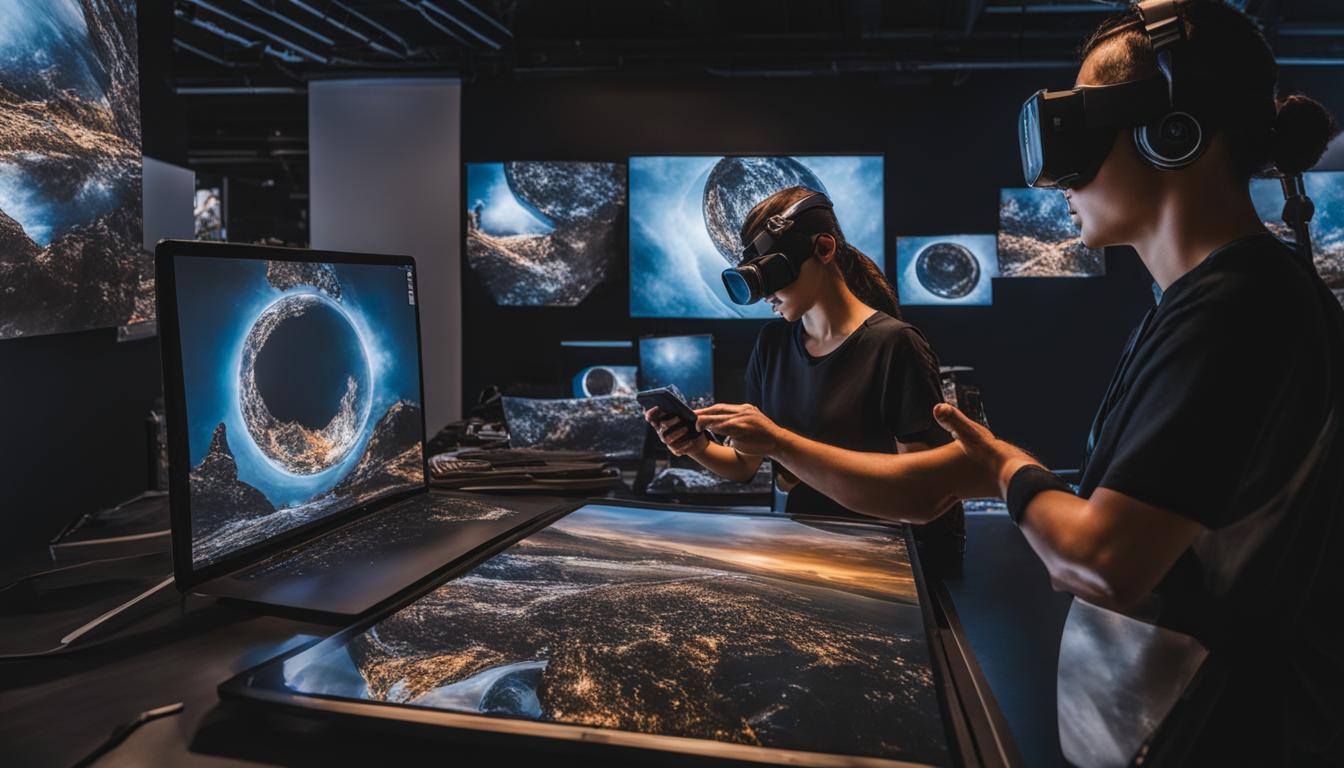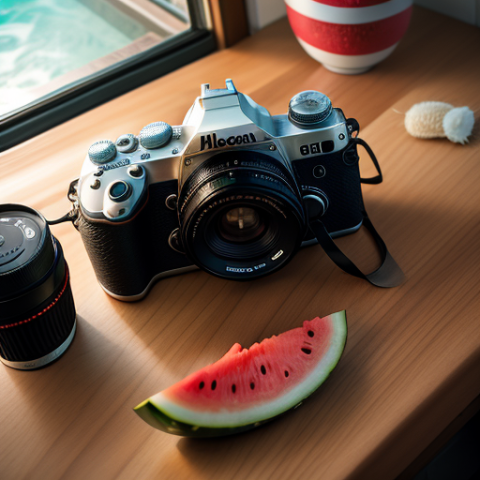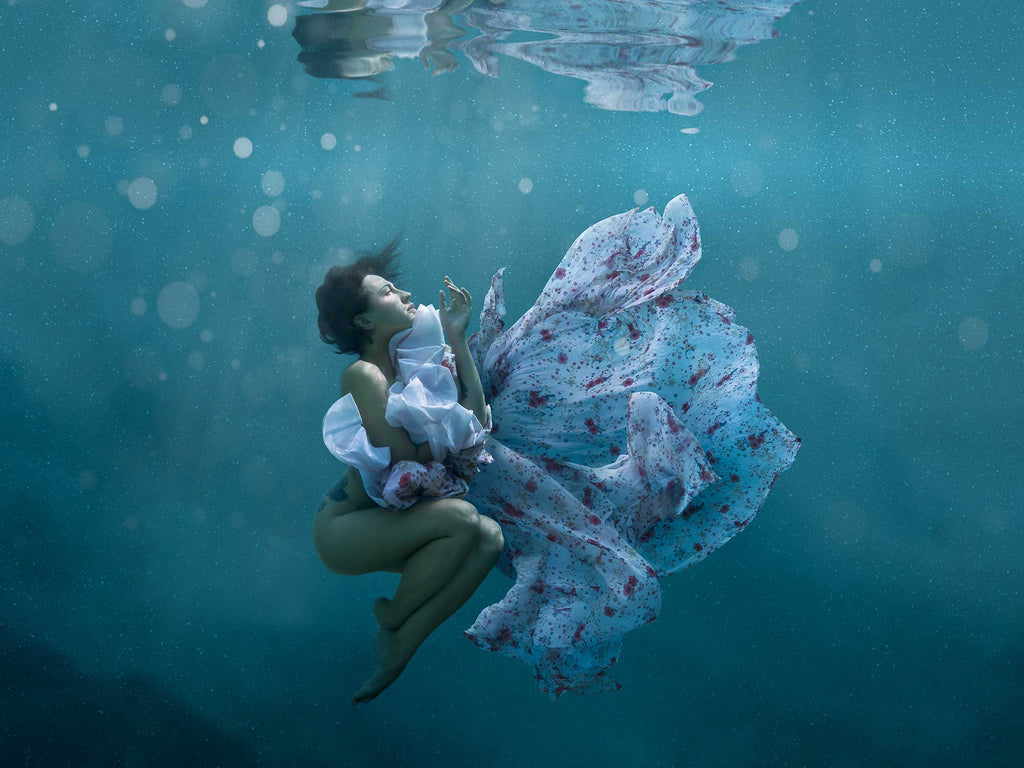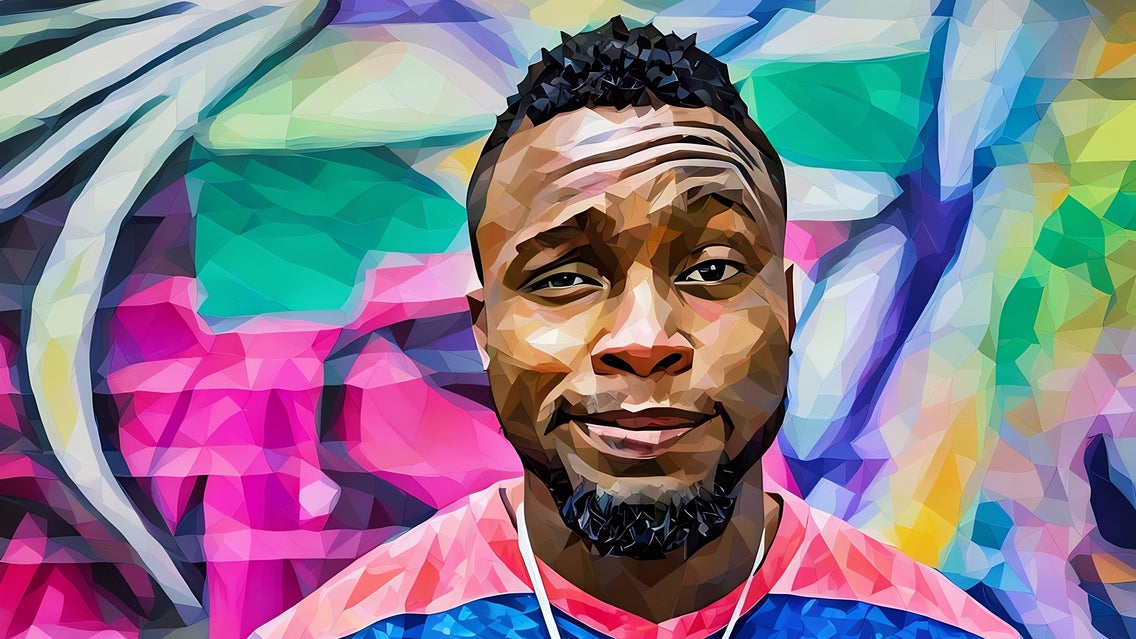Unveiling the Art: Emerging Trends and Techniques in Photography

30-11-2024, 14:19 Admin 6 062 0
In the enchanting universe of photography, modern advancements in technology have merged with the artistic spirit, crafting a canvas that is perpetually expanding and evolving. These developments are not only transforming the aesthetic dimensions of this art form but, at the same time, introducing innovative modes of capturing and presenting images that significantly optimize efficiency. As we delve further into the labyrinth of contemporary photography, let us shed light on some of the emerging trends and techniques that are redrawing the traditional boundaries.
At the forefront of this revolution is Computational Photography, which employs algorithms that manipulate and process a picture instead of resorting to the orthodox manual adjustments. The intention is to enhance the final output, capitalizing on the speed of processors and depth of software advancements. Computational Photography uses techniques like High Dynamic Range (HDR), panorama stitching, and focus stacking to present outcomes that stand miles apart from what was possible with older technology.
Another intriguing development is the usage of drones in aerial photography. Drones offer a unique perspective and a higher vantage point, capturing images from angles previously deemed impossible. Cameras, now routinely embedded in drones, have reached a technological pinnacle with 4K resolution — delivering images with breathtaking vibrancy and detail. Add to this the advent of reliable global positioning systems (GPS), and we have the perfect tool for precise, location-specific shooting.
In a move towards sustainability and energy efficiency, Light Field Photography is surfacing as a mainstream tool. Light Field cameras capture all the light rays in a scene, thus providing complete control over focus and perspective after the picture is shot. Furthermore, the simplicity of these cameras enables photographers to focus on the artistry rather than the technicalities involved.
The resurgence of film photography offers an interesting counterpoint to the digital age. With the charm of the vintage and the warmth of the materiality of film, photographers are exploring a less mechanical, more personable interaction with their subject matter. This return to the roots addresses our innate need for tangibility and authenticity.
Lastly, the advancement in mobile photography is hard to overlook, given the smartphone cameras' evolving sophistication. Packed with remarkable processing capabilities and potent lenses, these pocket-sized devices are drastically changing the landscape of photography. As per recent trends, phone photography has also seen a rise in long-exposure shots and light-painting techniques, previously reserved for high-end DSLRs.
There is no denying that technology continues to serve as the conduit between vision and representation. Yet, we must remember that it is the photographer's artistry, their ability to see and interpret, which truly brings images to life. As these emerging techniques and tools reshape and redefine this art form, photographers worldwide are enjoying an enriched palette of possibilities, substantially optimizing their creative efficiency.
Much like an unrestrained symphony, the future of photography seems to be accumulating layers of harmonious integration with technology, promising a captivating spectacle of artistic expression. Keep a keen eye on this intricate dance between art and science, for it promises to chronicle the profound essence of our world in an unprecedented manner.
At the forefront of this revolution is Computational Photography, which employs algorithms that manipulate and process a picture instead of resorting to the orthodox manual adjustments. The intention is to enhance the final output, capitalizing on the speed of processors and depth of software advancements. Computational Photography uses techniques like High Dynamic Range (HDR), panorama stitching, and focus stacking to present outcomes that stand miles apart from what was possible with older technology.
Another intriguing development is the usage of drones in aerial photography. Drones offer a unique perspective and a higher vantage point, capturing images from angles previously deemed impossible. Cameras, now routinely embedded in drones, have reached a technological pinnacle with 4K resolution — delivering images with breathtaking vibrancy and detail. Add to this the advent of reliable global positioning systems (GPS), and we have the perfect tool for precise, location-specific shooting.
In a move towards sustainability and energy efficiency, Light Field Photography is surfacing as a mainstream tool. Light Field cameras capture all the light rays in a scene, thus providing complete control over focus and perspective after the picture is shot. Furthermore, the simplicity of these cameras enables photographers to focus on the artistry rather than the technicalities involved.
The resurgence of film photography offers an interesting counterpoint to the digital age. With the charm of the vintage and the warmth of the materiality of film, photographers are exploring a less mechanical, more personable interaction with their subject matter. This return to the roots addresses our innate need for tangibility and authenticity.
Lastly, the advancement in mobile photography is hard to overlook, given the smartphone cameras' evolving sophistication. Packed with remarkable processing capabilities and potent lenses, these pocket-sized devices are drastically changing the landscape of photography. As per recent trends, phone photography has also seen a rise in long-exposure shots and light-painting techniques, previously reserved for high-end DSLRs.
There is no denying that technology continues to serve as the conduit between vision and representation. Yet, we must remember that it is the photographer's artistry, their ability to see and interpret, which truly brings images to life. As these emerging techniques and tools reshape and redefine this art form, photographers worldwide are enjoying an enriched palette of possibilities, substantially optimizing their creative efficiency.
Much like an unrestrained symphony, the future of photography seems to be accumulating layers of harmonious integration with technology, promising a captivating spectacle of artistic expression. Keep a keen eye on this intricate dance between art and science, for it promises to chronicle the profound essence of our world in an unprecedented manner.
Related News
Leave a Comment


